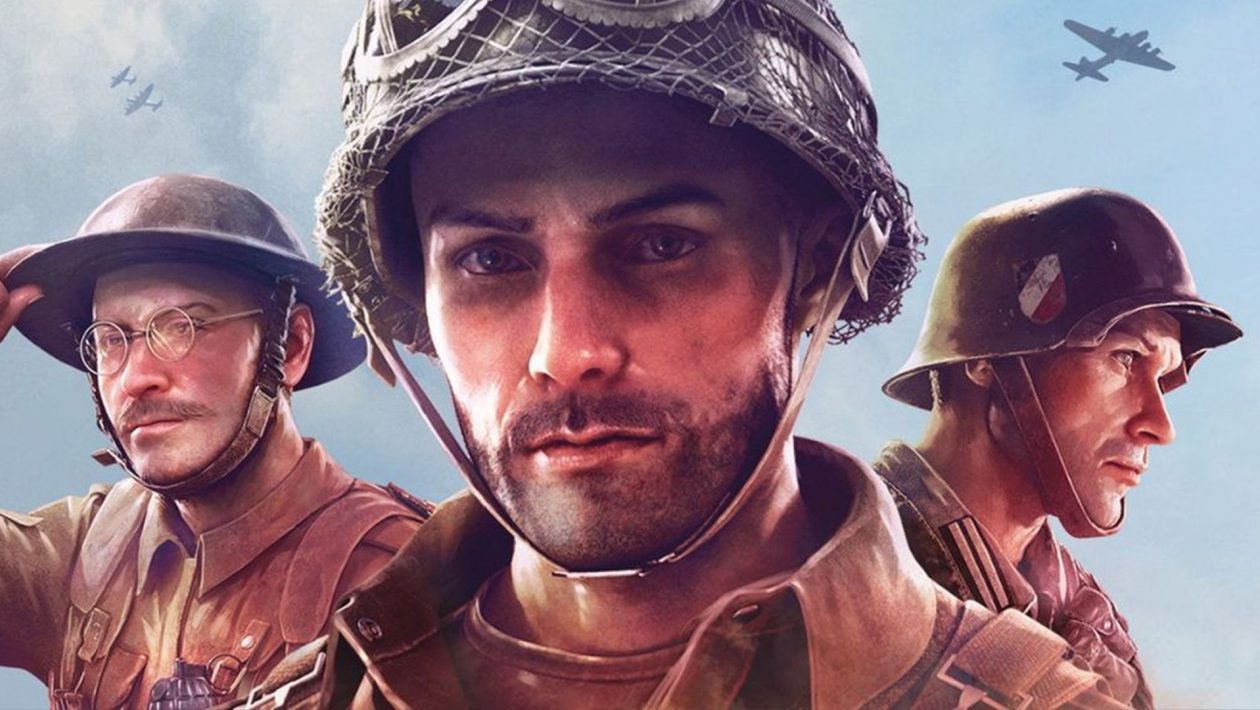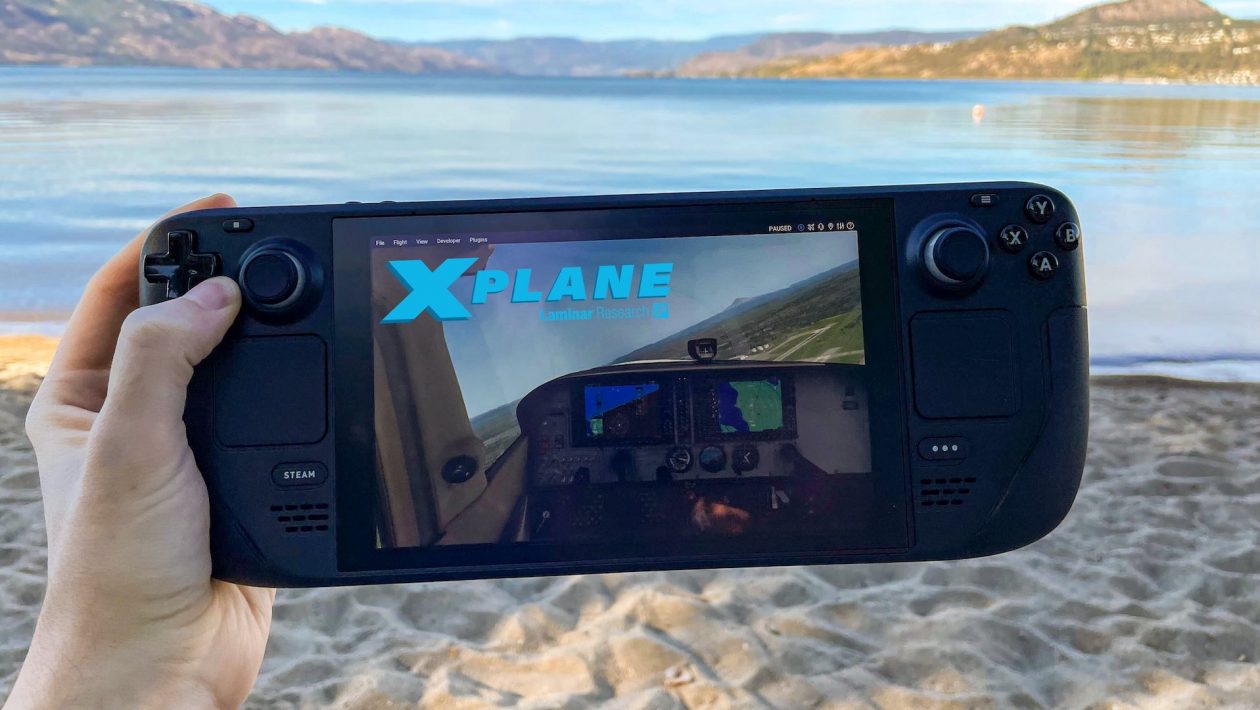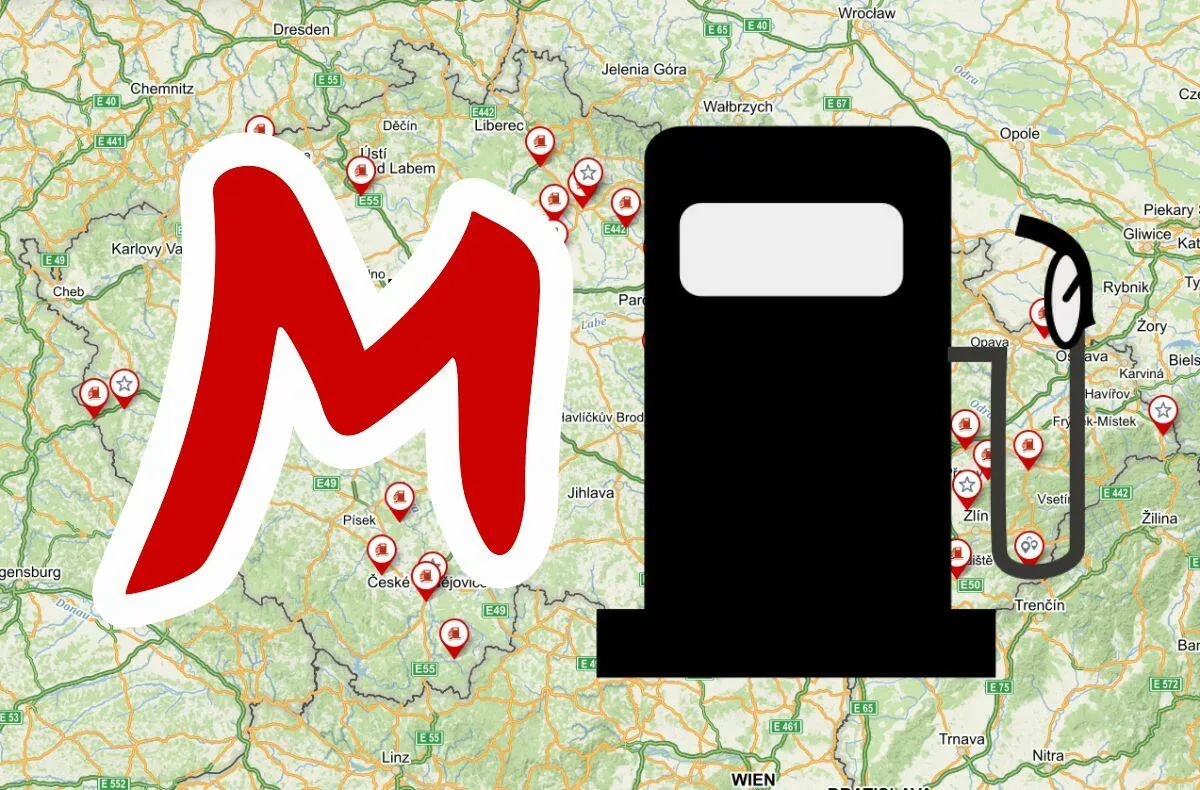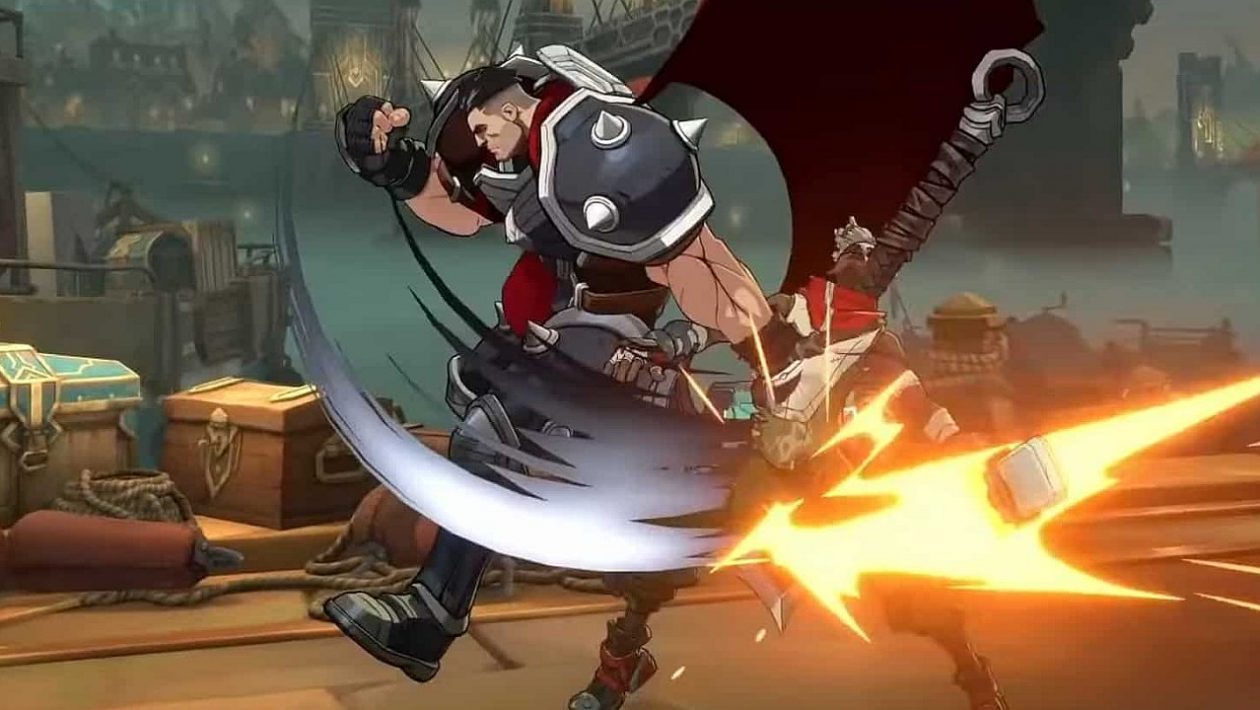We played Company of Heroes 3 -apkrig
Developers from the Relic Entertainment studio surprised fans of the Company of Heroes series twice in mid-July. The first unexpected news was the announcement of the third part, a direct and full-fledged sequel, which will follow the eight-year-old Company of Heroes 2. The second surprise was the launch of an open pre-alpha test, which aimed to present major news and significant changes from the original concept. and prepare players for a whole new battlefield – the Mediterranean. We streamed the game shortly after the announcement, but over the past few weeks we have devoted more time to it, and now more comprehensive impressions and the first evaluation of the indicated changes come into play. There are not a few of them and it will cost the developers a little more effort to convince rock fans that the real-time approach may not be the only dogmatic mantra for the series.
Drawn away from colleagues
We should start with a context that goes beyond the Company of Heroes – Relic Entertainment studio has been part of Sega’s portfolio since 2013 and is on the same level as another famous strategy studio – Creative Assembly. The reason why I mention the authors of the Total War series, you will understand as soon as you start playing the new Company of Heroes, because the first huge change is the inclusion of a tactical map, which in many ways resembles Total War. This does not mean, however, that World War II strategy becomes a tug of war, notwithstanding the fact that some battles will only be decided in this interface. You will not lose the classic warfare in the full sense of the genre of real-time strategy, and it will be up to you which approach to decisive battles on the full three-dimensional battlefield you choose. The freedom that the developers from Relic want to give players also lies in the possibility of actively suspending the real-time part and dealing with the micromanagement of issuing orders, if you are standing against a superiority or simply too strong an enemy. Although this approach may not seem ideal at first glance, given the legacy of the series, after more and more minutes spent in the game, I personally liked that the developers were really innovating and expanding strategic options.
To be a little more specific, Company of Heroes 3 will take players to the front, which the series has not yet processed. A sample of the campaign, represented in the pre-alpha test, concerned the landing in Italy in 1943, which coincidentally was the first major joint campaign between the Americans and the British. The developers also confirmed that we will look at North Africa and probably other places as well, but for the time being they have focused all their attention on Italy and have not let us in other areas. In terms of tasks, immediately after disembarkation, it is necessary to provide a front for the supply of additional troops and equipment, which in the framework of pre-prepared missions means at the outset to gain control of the first airport. Although these missions are part of the scenario and form the nodes to which the player must get by moving armies on the strategic map, it does not occur to me that the developers would somehow limit the player and dictate to him what, how and when to do. The key to the decisive battle in the traditional jacket, however, is the deployment of units around the sector, where the attack will take place and it is pleasantly copied into its own gameplay. If there are paramedics nearby, you will be able to summon them as reinforcements. You can also maneuver the fleet and use its support at the right time, which makes you feel like you are not alone in the war and underlines not only the efficiency in approaching the war as such, but also the overall atmosphere.
Freedom above all else
The spice of the whole procedure is also the possibility to choose one of the offered combat plans for the ongoing operation, which reflects the mentioned connection of the US and British armies. The American approach may be a more aggressive option at the moment, for which you are rewarded with a specific supply of additional troops, which also applies to the British plan, which is intended more for those who want to secure positions more firmly and rely on quality defense. The third option then combines both of these approaches and in fact will probably be the universal solution to use in combat not only their own ground units, but also the fleet, air force and, for example, Italian guerrillas, who should play an important role in the game. As I said a moment ago, I like this approach in terms of how to bend the gameplay into the style we prefer as a player, and I’m honestly curious how plastic it will be, or how different the results will be. In the case of the pre-alpha test, I repeated the missions several times and it must be admitted that although they reached the same conclusion, their course was really different.
If I were to praise Company of Heroes 3 for one thing, it would be unpredictability, perfectly replicating how wars unfold in the real world.
In many ways, however, the campaign will rely heavily on what you do on the strategic map, and I must admit that I enjoyed the overall management of the war a little more than my own struggles with sub-units. As I have realized several times, it is all about the preparation and sufficient foresight with which you will proceed to call other units into battle, or their production. And best of all, if you don’t take one of the important steps, it can be a few hours later, for example, that you simply don’t have a reconnaissance plane to get the information you need before the landing, or you don’t have an engineer within reach who would they were able to fill the broken bridge with a pontoon and let the army advance to the enemy. What is nice, however, is that pre-alpha itself has indicated ways to at least partially correct erroneous decisions, even if it may delay the process or force you to take a completely different path and carry out a completely different plan that you did not anticipate in the beginning. So if I were to praise Company of Heroes 3 for one thing, it would be unpredictability, perfectly replicating how wars unfold in the real world.
We have to fix it
But not everything deserves unconditional praise. Although I respect the developers and do not intend to target the technical shortcomings of the pre-alpha version, all the time on the battlefield I fought with a camera which, in my opinion – and according to available feedback not only in my opinion not only captures the events too closely. The inability to zoom out to the point where I can see further than a few meters forces the switching of views very frantically and leads to errors that cannot be corrected in RTS mode. I also don’t think of pathfinding, which can be circumvented by taking an active break and giving you precise route points for the unit to take, but if you don’t like this approach, you’ll be angry rather than having fun playing. And honestly, I haven’t been amazed by the level of graphic details that the strategy may not cling to and will probably improve by next year, but the first impression will not replace anything and I expected a little more. But it is balanced by the really important things, such as the diversity of available technology or sound, not only in terms of musical orchestral accompaniment, but also the sounds of vehicles, shots and explosions. The specialty was the announcements of individual soldiers, which illustrate the overall diversity of the game and bring much-needed humor for relief.
The pre-alpha version also included, in addition to a demonstration of the campaign, the skirmish mode, which does not take into account the strategic map and launches one game after another. Apparently, no closer settings were available for the needs of this test, but with a little patience, it was possible to click through to play for the Germans and experience their abilities. It is in the scrimishi that all combat equipment and, for example, the construction of the base, resp. its regular administration, which you will logically enjoy in the campaign as well, you will only have to pay attention to other tasks and the context of your own progress. Skirmish is traditionally processed, offers several points on the map that can be captured to obtain resources to replenish the army, and presents various battles against enemies. The level of difficulty did not seem too high to me, but I came across a certain imbalance, when some partial encounters for similar configurations of units seemed more complicated, for example, just because the enemy’s units suddenly covered better, or strategically made better use of available technology. However, similar tests are being held for balancing artificial intelligence, and I am convinced that Relic will still work in this regard.
After all, the game is not planned until next year, so there is enough space, for example, for the overall technical optimization, with which the developers obviously haven’t bothered too much yet. It was virtually impossible to keep the 60 fps stable on the GTX 1080 assembly, the i7-6700K processor and 64 GB of RAM, and the game sometimes froze for a few seconds before the war machine began to move again. In any case, I get solid impressions and the test definitely gave me a chance to play the full version. It may not be the Company of Heroes that the players hoped for, but if we call for innovation and originality, I’m happy for the changes and they make sense to me.



